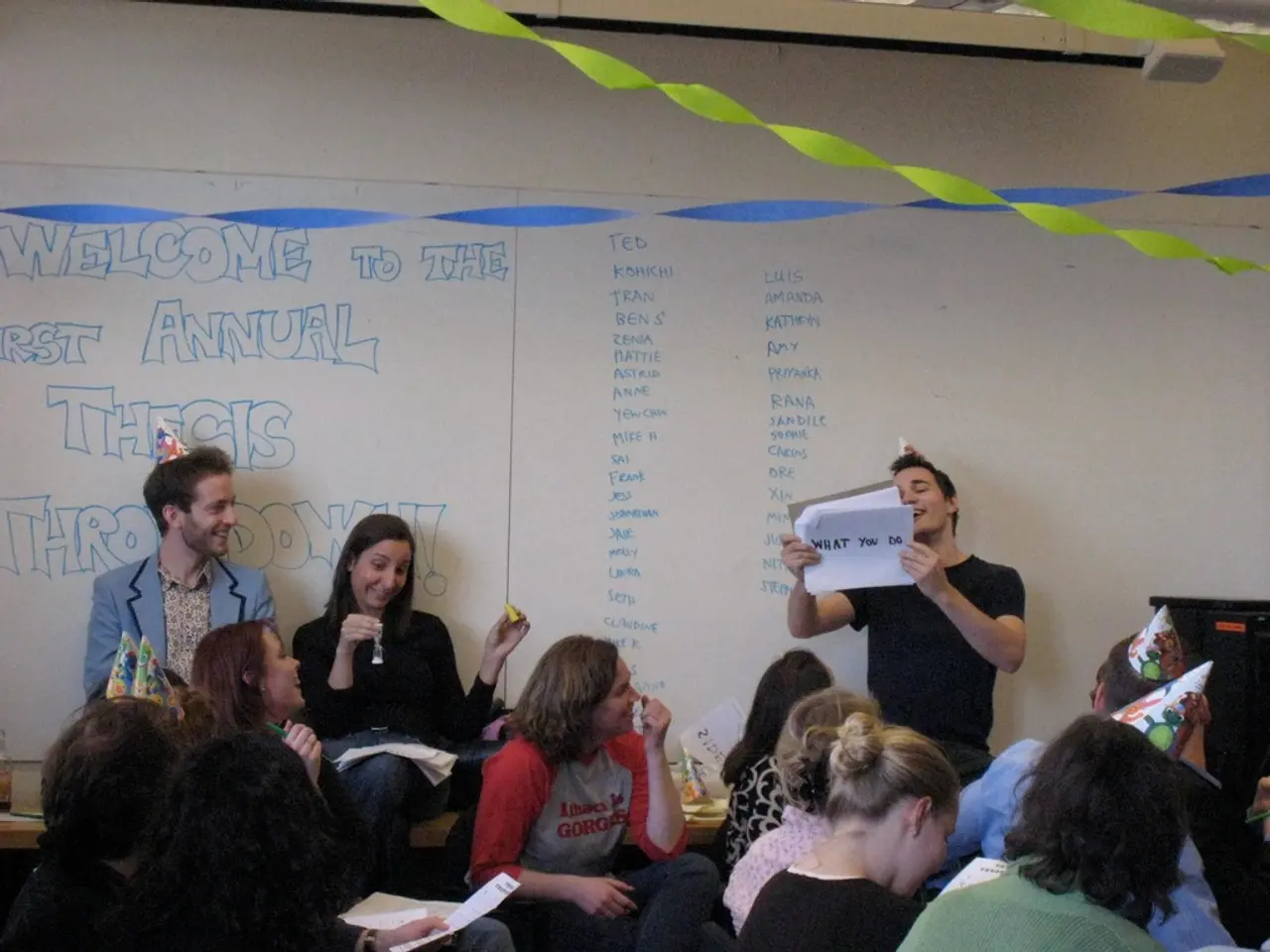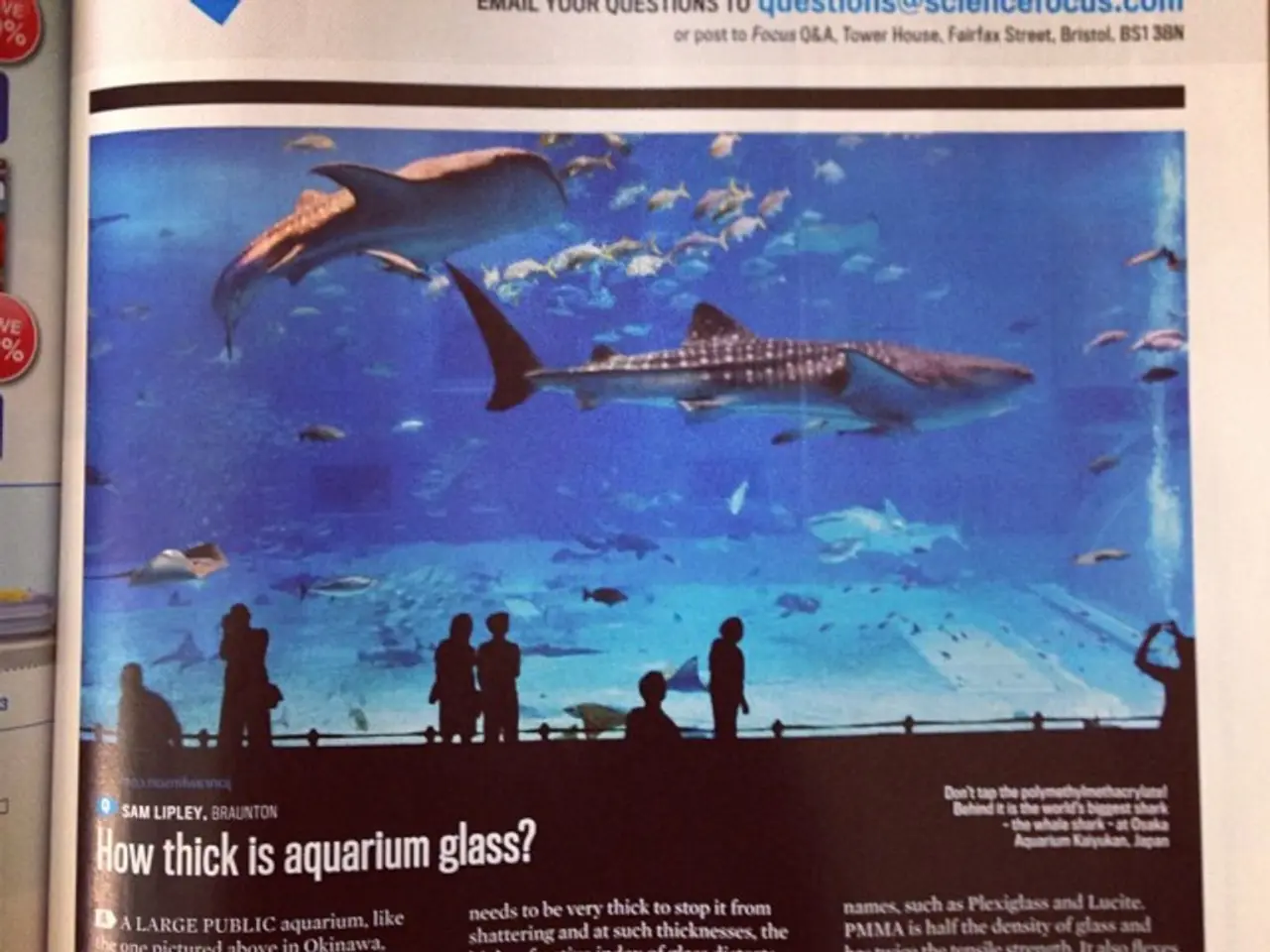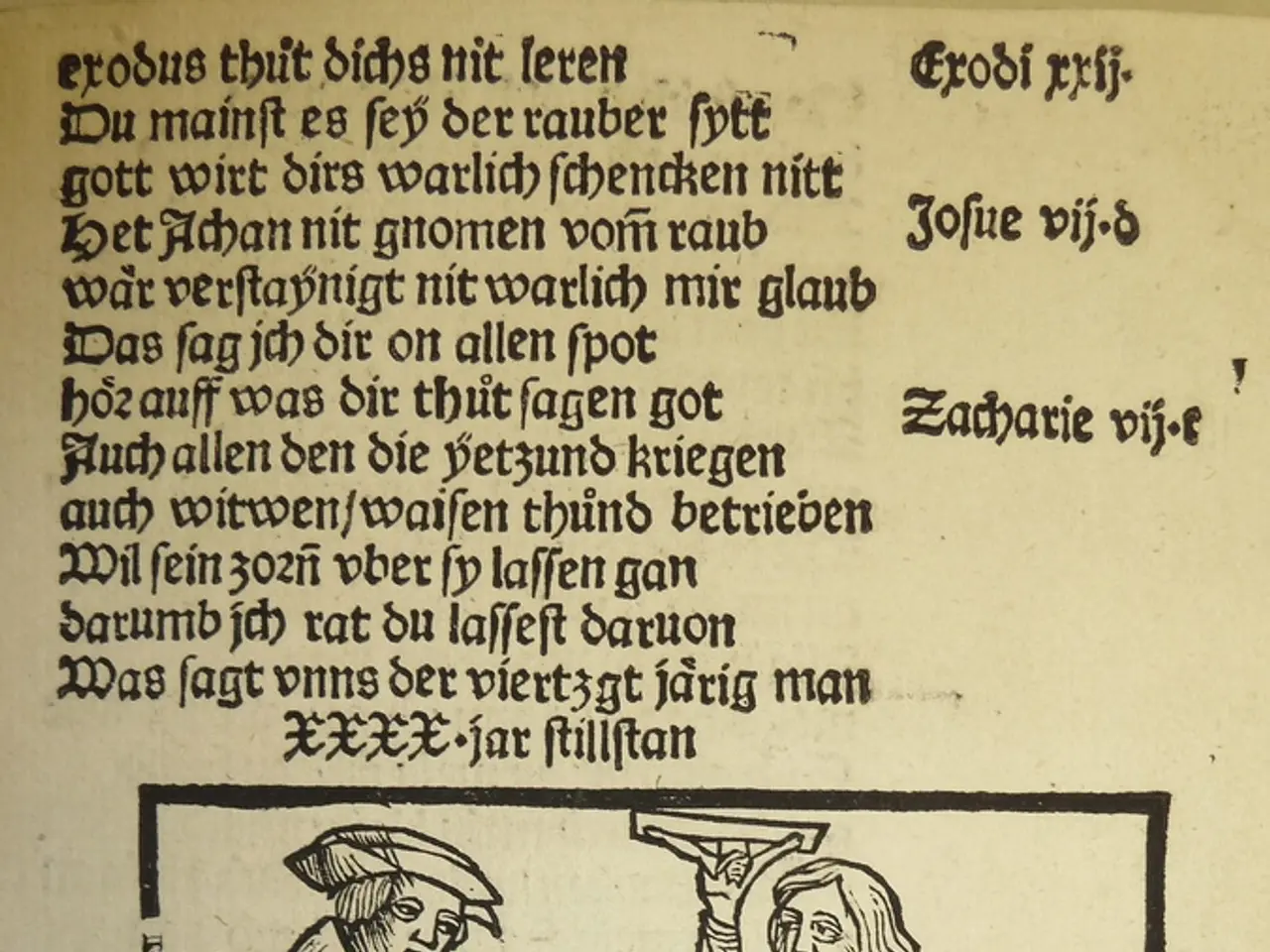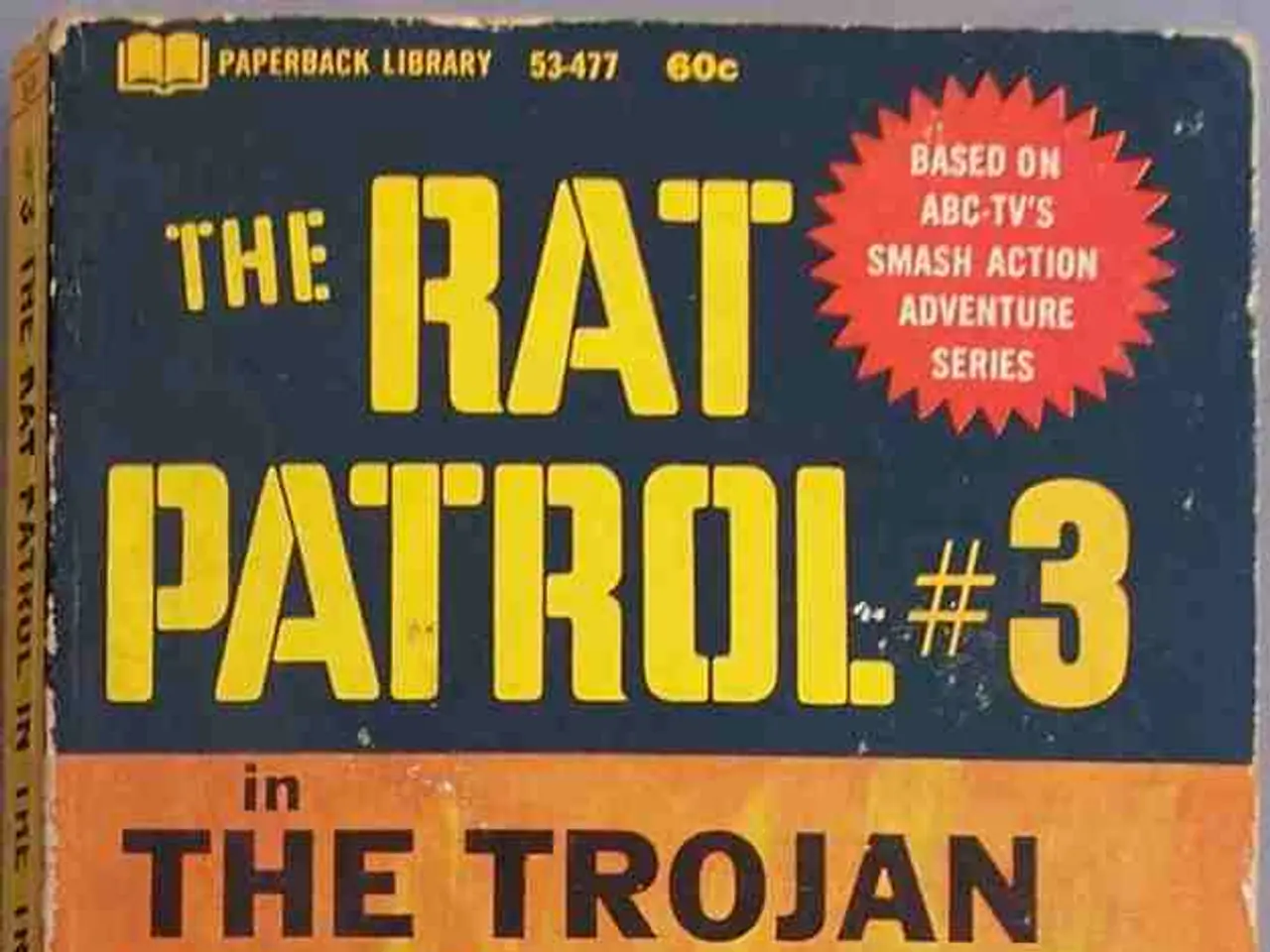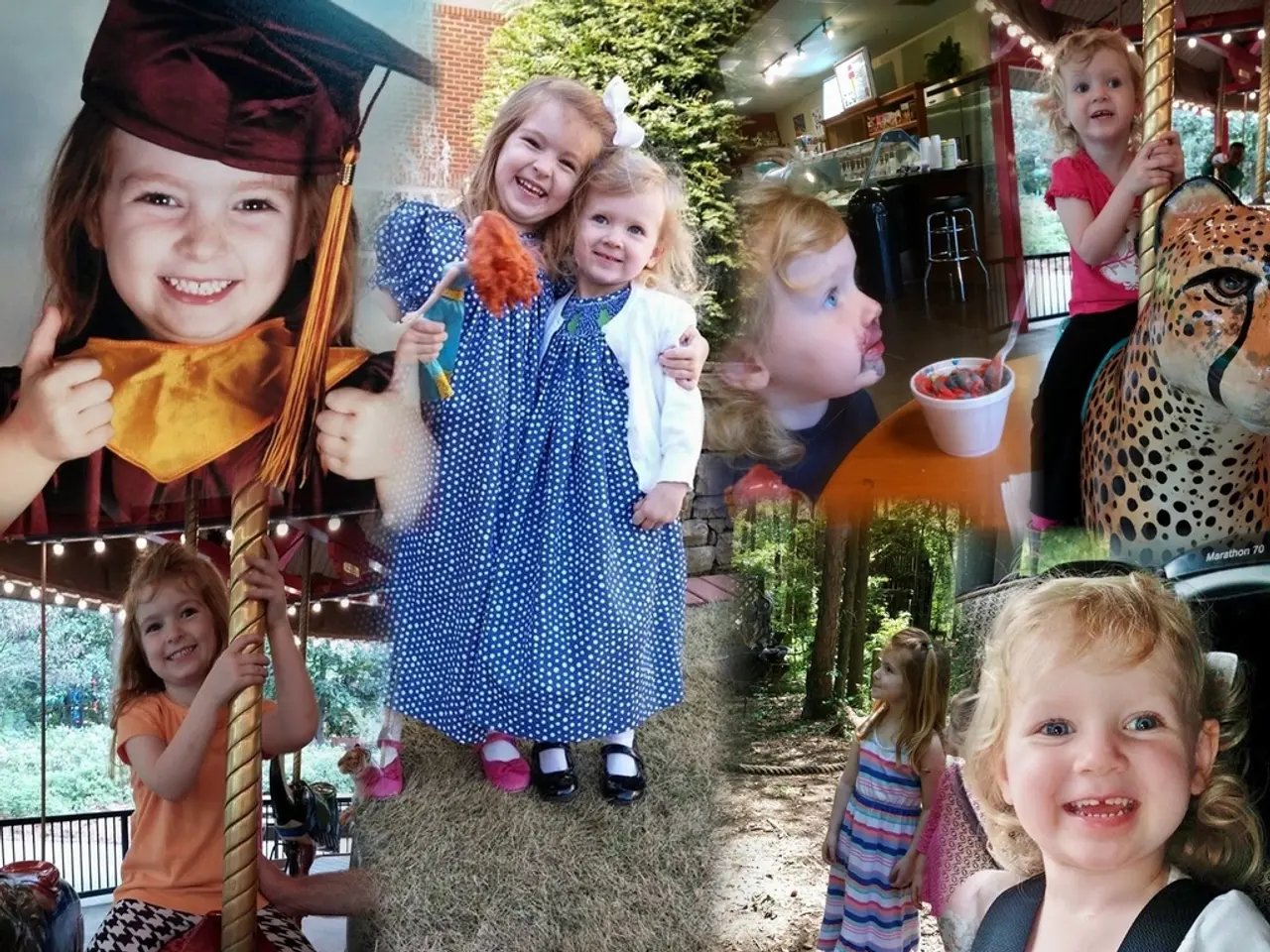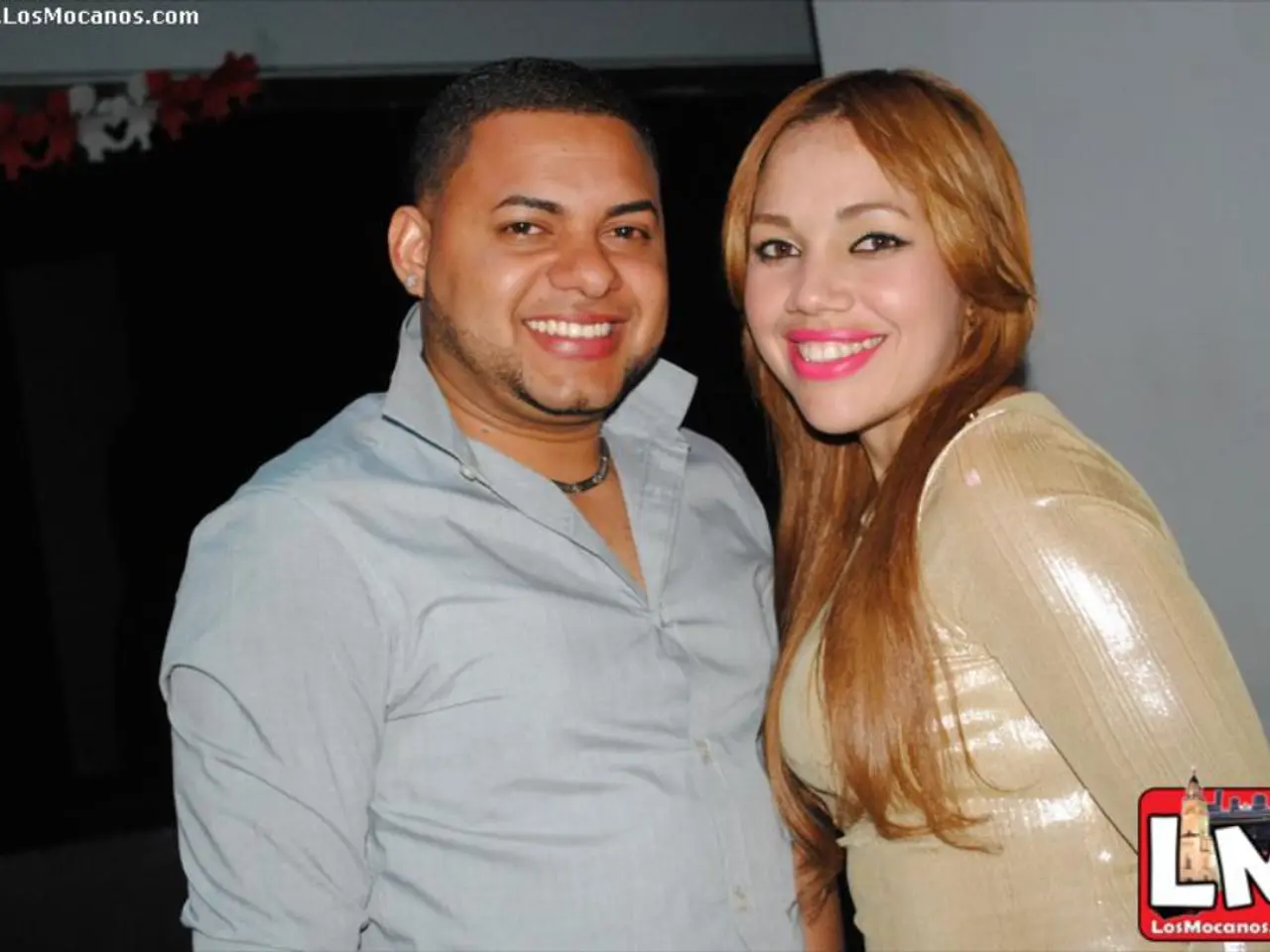"A Nagasaki Survivor's Remarkable Account: 'What I Witnessed Changed Me Forever'"
The Japanese Confederation of A- and H-Bomb Sufferers Organizations, Nihon Hidankyo, was awarded the Nobel Peace Prize last year, marking a significant milestone in their seven-decade-long journey. Founded in 1956, Nihon Hidankyo has two main objectives: ensuring the Japanese state takes responsibility for victims' care and aid, and advocating for the abolition of atomic and hydrogen bombs.
Terumi Tanaka, one of the co-presidents of Nihon Hidankyo, is a survivor of the bombings of Hiroshima and Nagasaki, known as a hibakusha in Japan. Terumi was 13 years old when the atomic bomb exploded near his home in Nagasaki, causing a heat wave that started fires everywhere. He lost five members of his family in the atomic bombing and believes the danger of nuclear weapons is real and not theoretical.
Terumi argues that the damage caused by radiation is unique and different from classical injuries caused by bombs. He hopes that younger generations will continue to spread the message against the use of nuclear weapons, emphasizing the horrors of nuclear war and advocating for disarmament.
The atomic bomb used in Nagasaki had a power of 21 kilotons of TNT, 1400 times that of a conventional bomb. Under the hypocenter, the pulverization was total within a radius of about 1.5 km. By the end of 1945, the toll had risen to 70,000 victims in Nagasaki. However, the Japanese government has never conducted a thorough investigation to determine how many people died as a result of the atomic bombings.
Despite their advancing age and dwindling numbers, the hibakusha have continued to share their testimonies, emphasizing the horrors of nuclear war and advocating for disarmament. Their accounts serve not only as historic witness but also as active advocacy, promoting nuclear disarmament and inspiring international peace-building initiatives.
With the number of living hibakusha falling below 100,000 and an average age of around 86, there is a growing urgency among survivors to pass on their stories to future generations before these firsthand memories disappear entirely. This passing of the torch is seen as vital to maintaining global awareness about the catastrophic human cost of nuclear warfare.
The 80th anniversary of the atomic bombings of Hiroshima and Nagasaki reinforced and intensified the moral and peace-centered message of the hibakusha. Their role as a "moral force for peace" was acknowledged by the United Nations Secretary-General. The anniversary also featured symbolic acts such as planting saplings grown from seeds of trees that survived the bombing, symbolizing survival, resilience, and the imperative to protect future generations from nuclear devastation.
In conclusion, the 80th anniversary served both as a remembrance of the past horrors and as a renewed call to action led by the hibakusha, whose survivor testimonies remain a central and emotional pillar in the global effort to abolish nuclear weapons and achieve lasting peace.
- Terumi Tanaka, a survivor of the Nagasaki atomic bombing, advocates for the preservation of hibakusha testimonies, emphasizing the unique damages of radiation and urging younger generations to spread the message against nuclear weapons, recognizing their role as a "moral force for peace" in the global push for nuclear disarmament.
- Amidst growing concerns over the dwindling number and advancing age of hibakusha, their testimonies serve as a crucial link to understanding the atrocities of war-and-conflicts like the atomic bombings of Hiroshima and Nagasaki, highlighting the cultural importance of remembering the general-news events in history and advocating for a future free of politics involving nuclear weapons.
